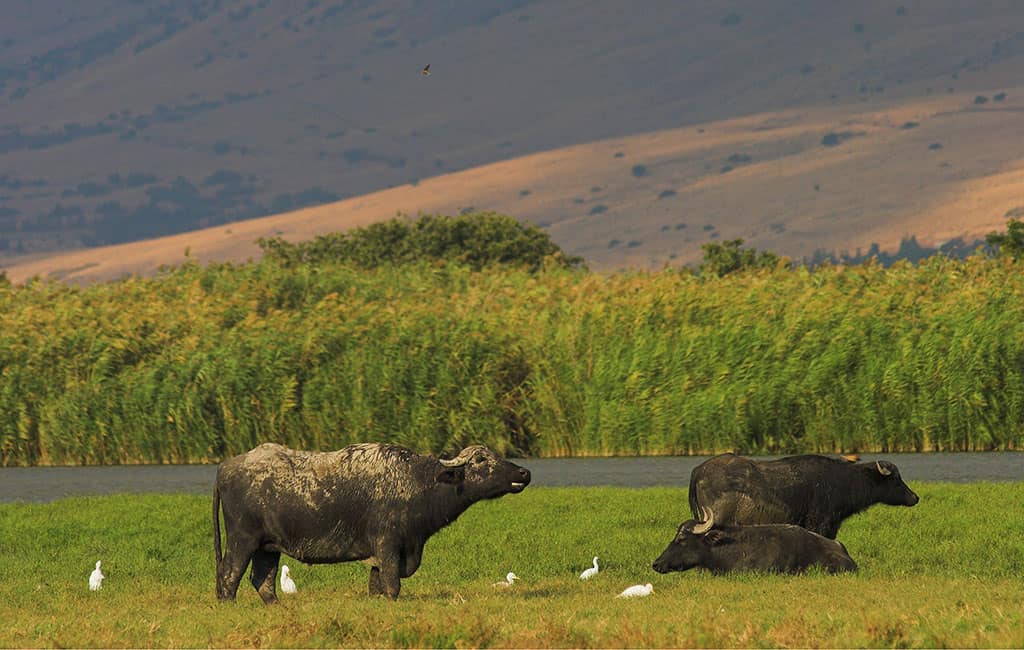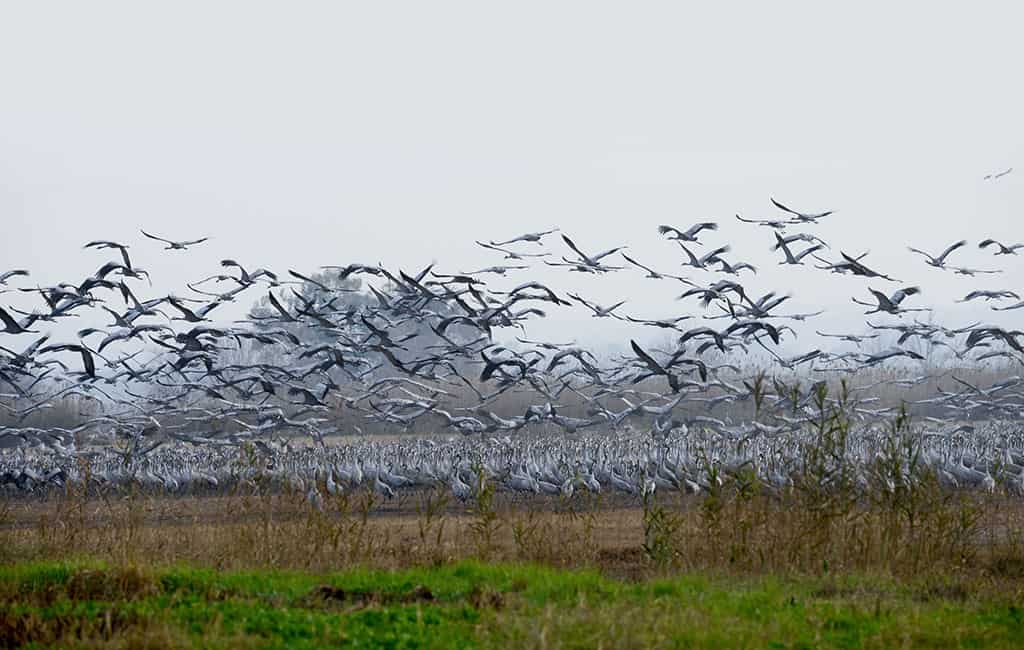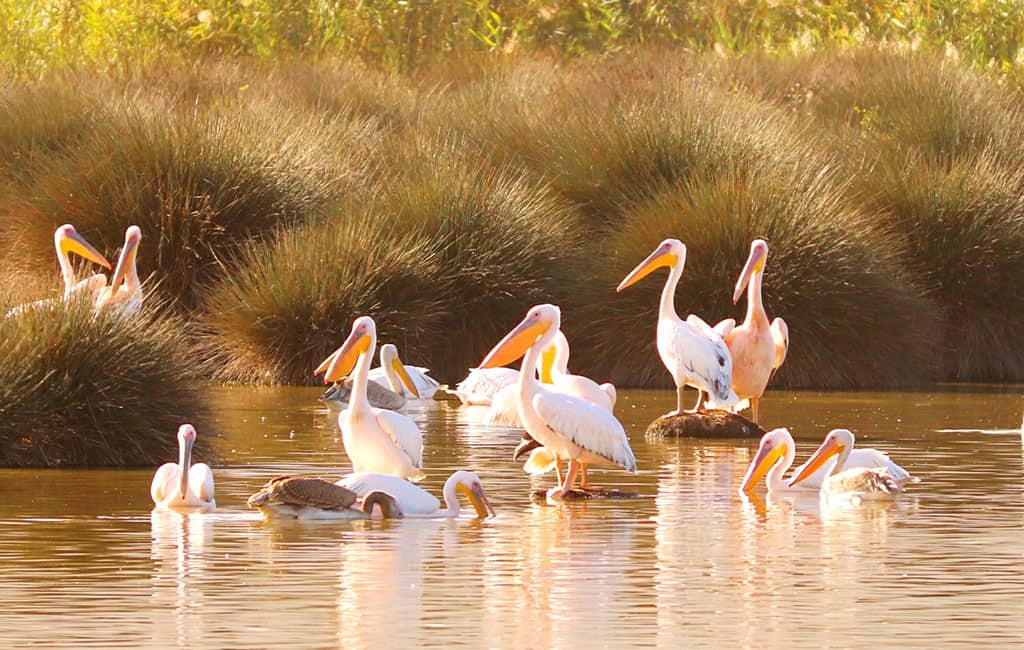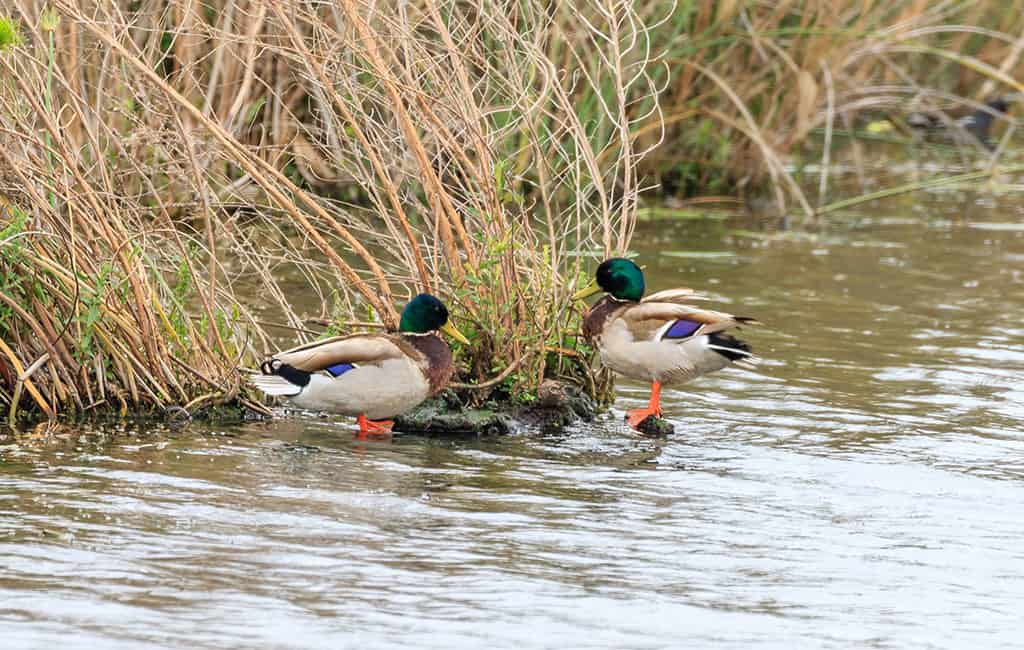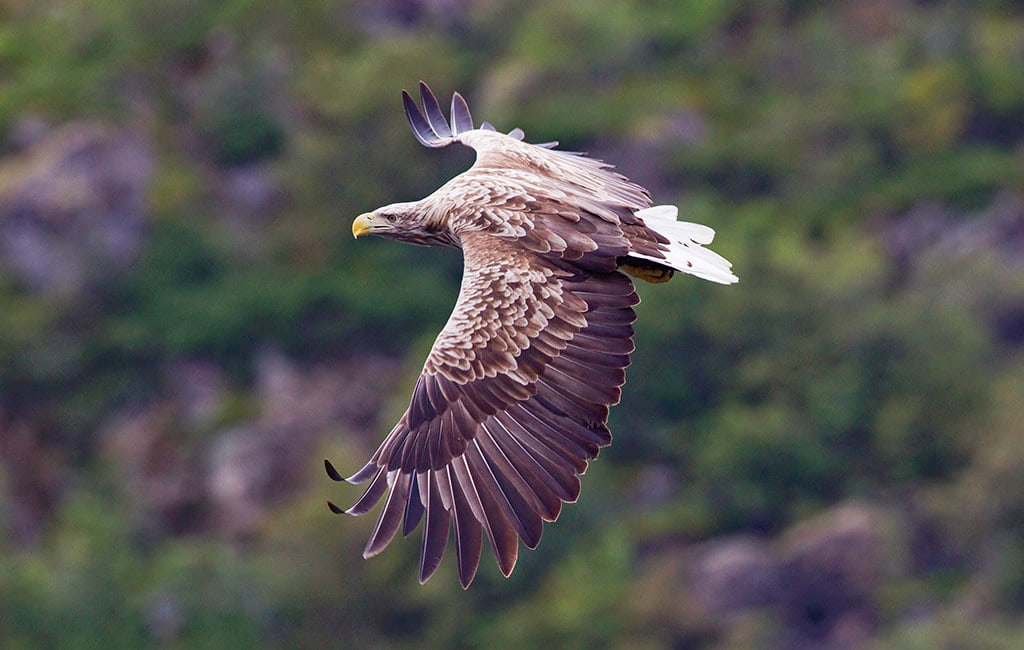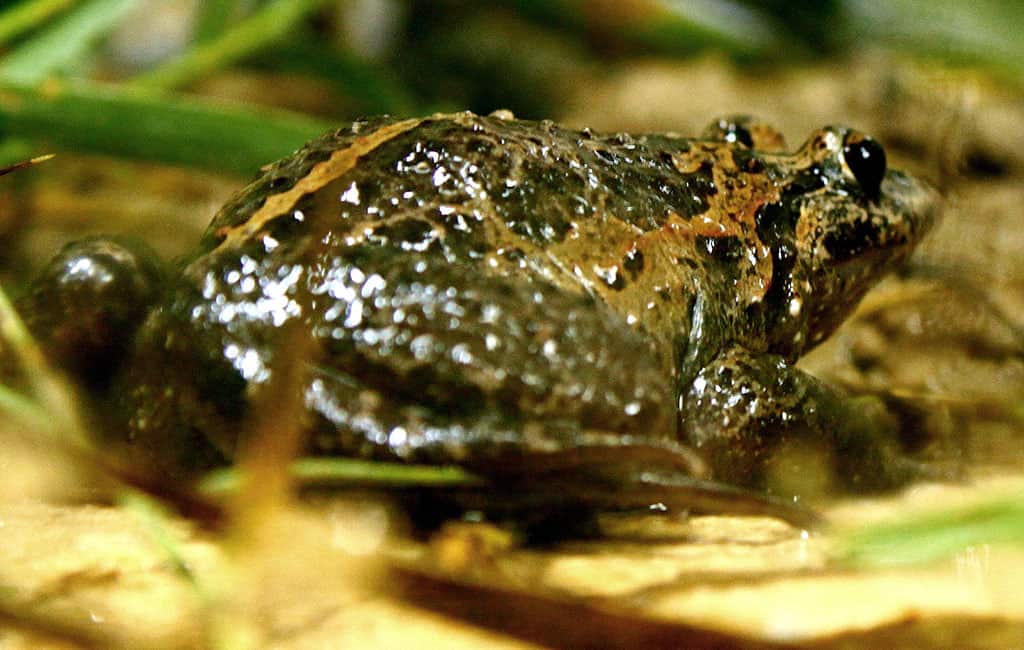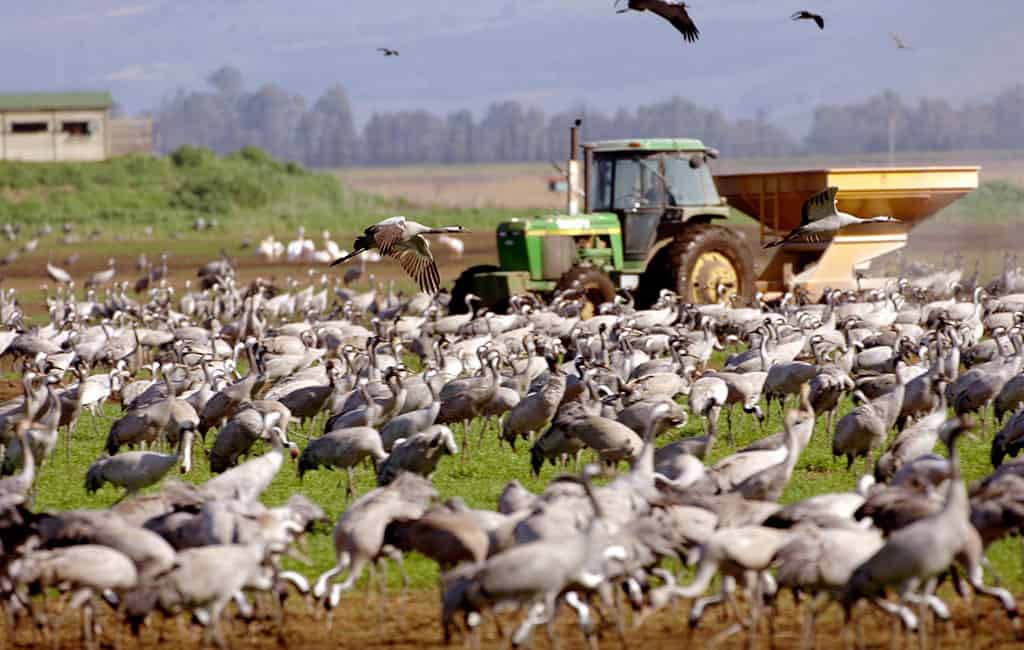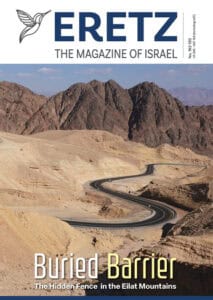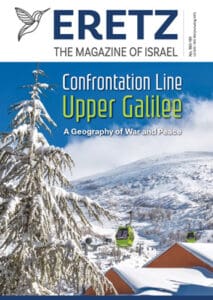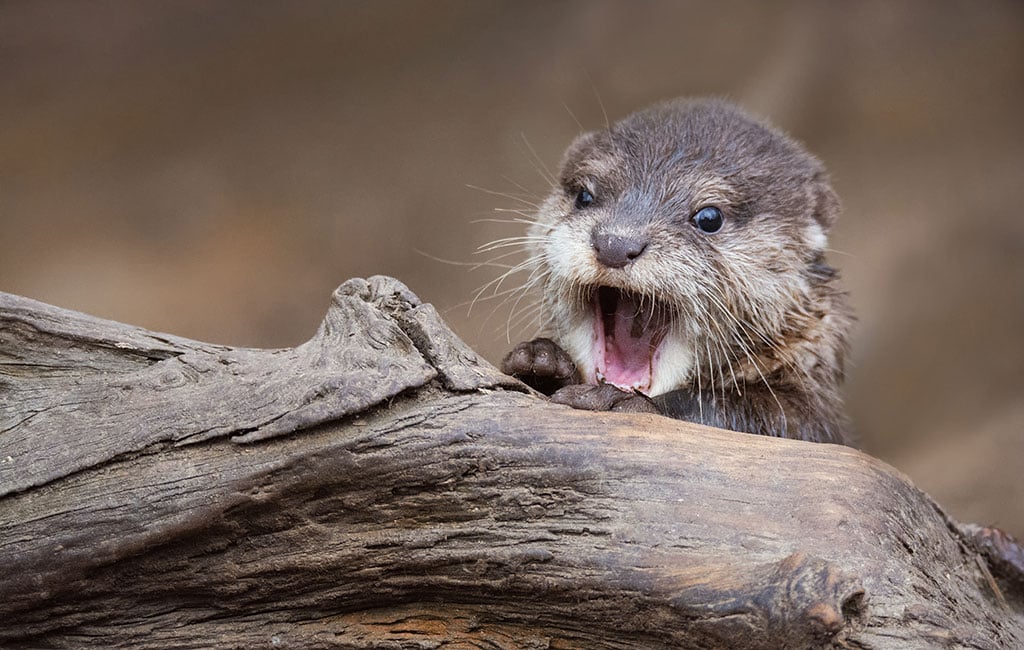
Only in 2004, nearly half a century after the Hula wetlands were drained, did the Hula Nature Reserve begin to recover. The amendment to Israel’s Water Law that recognized Nature as a legitimate consumer of water allowed the reserve to receive clean Jordan River water together with water from the Einan Springs. The influx of the original water sources of the lake had a remarkable effect. Today the Hula Valley, with its system of canals and waterways, springs, and pools, is trying to correct the damage of what was perceived seventy years ago as an outstanding national achievement.
Interview with Yifat Artzi, Hula Valley ecologist for the Israel Nature and Parks Authority
The Hula Nature Reserve began to recover in 2004 when the amendment to Israel’s Water Law declared that Nature, including springs, riverbeds, and wetlands, is entitled to a fair share of the country’s water sources. The law recognizes Nature as a legal consumer of water in an amount that will enable the preservation and rehabilitation of Israel’s natural landscapes.
Until the amendment to the law, the Hula Nature Reserve’s water supply was made up of the fishpond spillage in the valley. The amount of water was barely enough to keep the reserve alive and not of the quality needed to preserve the flora and fauna that did manage to survive. The ecological well-being of the nature reserve declined year after year.
With the water law change, the reserve began receiving freshwater from the Jordan River, pumped into the nature reserve in ever-increasing amounts. Next, water from the copious Einan Springs, released into the Einan Riverbed, also began to flow into the reserve. The Einan water temperature, which emanates from deep down in the earth, is a constant 21 degrees Celsius (70 Fahrenheit), making the riverbed a thermal haven for plants and animals in winter.
This warmth is crucial for certain fish species, tilapia (St. Peter’s Fish), for example, and water-borne plants such as Ceratophyllum submersum and London pondweed that used to thrive in the Hula. Once the water quality improved, many of the plants that had once prospered in the Hula reappeared. The natural world of the Hula Valley recovered spontaneously. Before the Hula water world’s revival, the pools and ponds had been infested with invasive species such as the dominant and robust catfish, together with carp and mullet that had escaped from the fishponds, and are not even native to the Land of Israel.
Wetlands recover rapidly, with the original flora and fauna reappearing as if out of thin air. The most famous revival example is that of the Hula painted frog, the first amphibian to officially be declared extinct. The frog had not been seen for over fifty years and was considered extinct. In 2011, Yoram Malka, the Hula park ranger, caught a fleeting glimpse of the frog as it leaped across the road. Since then, the extinct frog has been showing up all around the Hula reserve.
The painted frog is a very ancient amphibian species. Fossils of painted frogs uncovered in prehistoric sites in the Hula Valley indicate that the frog has not evolved in hundreds of thousands of years. Biologists searching for the frog’s environmental DNA have discovered traces of its existence in many ponds and water bodies around the valley. It seems that a large population of painted frogs had inhabited the shores of the Hula Lake and its swamps for thousands of years.
The return of the white-tailed eagle to nest in the Hula Reserve is another environmental success story. White-tailed eagles are an endangered species, with a worldwide population of less than 7,000. Israel was the southernmost place where these eagles nested. After the draining of the swamp, the white-tailed eagles vanished from Israel. Attempts to acclimatize them by importing eagles from Europe failed, even though, for many years, a single pair of these imported white-tailed eagles nested in the Hula reserve – but with no offspring. Eventually, it turned out that they were both male eagles. When a female eagle released into the wild as part of a project to get the eagles to nest in Israel, joined the two males, hopes soared. Two chicks hatched, but they became ill and died. Then a new female, released into the wild, arrived in the reserve. The new female paired up with one of the two males, and the couple is now building a large nest on a tree in the Hula reserve. Hopes are high that this single nest will mark the white-tailed eagle’s return to nest in the Hula Valley.
Fish Ladders
The Hula reserve is a contrived natural space. It exists as long as human beings continue to manage it. The reserve water supply is artificial, its water level is carefully controlled, and the infrastructure of embankments and dams is maintained continuously. The reserve was created following public pressure from a few environmentalists fighting to preserve the swamp and lake’s wildlife. However, the nature reserve, established on the area that used to be the lake, could not maintain the swampland’s plants on the peat floor of the swamp.
Outside the reserve, in the drained swampland, the peat dried up, caught fire, and blew away as dust and ashes during the summer windstorms. Every year the height of the Hula Valley floor sank. The nature reserve, buffered behind its embankments, remained at the level of the former lake. Today, the nature reserve is two meters higher than the former swamp’s peat covered floor, disconnected from the rest of the Hula Valley.
The the isolation of the reserve’s ecosystem is detrimental to both the reserve and the valley’s flora and fauna. A few years ago, an area north of the nature reserve, flooded due to extreme winter rains, and was added to the nature reserve. This new area has now been connected to the valley and its water systems, with the aid of “fish ladders” – serpentine water channels that gently descend from the reserve to the Jordan River and the valley floor. The fish immediately caught on to the ladder and started using it, as did the herons and egrets that stand above the ladder trying to catch the fish.
Buffaloes vanished from Israel with the swamps. Following the Six-Day War, a herd of buffalo was discovered in the Bethsaida Valley, north of the Sea of Galilee. The animals were transferred to the Hula Reserve.
There is no doubt that the reserve must be part of the Hula Valley’s ecological system, as this connectivity is crucial to the environment. Otters are an excellent example of this. The otter population in the valley has been diminishing since fish farming was discontinued in the 1990s. The surviving otters scuttled to the nature reserve, where they could find fish in safe surroundings. Otters, which feed on fish, are timid animals and are challenging to see. Over the years, otter sightings have been occurred from self-operating field cameras and the prominent territorial markings, which they leave on stones and rocks near the water. From these sightings, it seems that the otter population occurred in the Hula Valley and the rest of the country is precarious.
Many of the surviving otters are run over as they try to cross the roads. They have to do this as the Hula Valley roads cross over the streams and canals, forcing the animals to leave the riverbed and try the tarmac, usually at night. One attempt to help the otters and other wildlife in the valley has been to create dry shelves under the bridges. These were built into the water conduits under the roads, allowing the animals to continue along the riverbed without ascending to the road.
Connectivity is a keyword in the attempt to conserve biological diversity along the waterways, from the Jordan River sources down to the Sea of Galilee. A survey conducted along the 90 kilometers of canals in the Hula Valley discovered hundreds of obstacles that partially or fully block fish passage. The modern blockages to the waterways are in sharp contrast to the description of the Jordan River in January 1869, by the Scottish adventurer John MacGregor. He had arrived at the Hula Valley with his canoe – the Rob Roy, planning to descend the Jordan from the Hula to the Sea of Galilee. MacGregor points out that “During the whole course of the Jordan from source to end there does not seem to be one notable cascade or regular fall” (The Rob Roy on the Jordan, Nile, Red Sea & Gennesareth). MacGregor’s free-running Jordan does not exist today, and fish cannot migrate during the winter from the Sea of Galilee to the Hula Valley to reproduce.
Wild Water Buffaloes
The largest animals in the Hula Swamp were the water buffalo, a large bovid that likes to wallow in the mud. Buffaloes vanished from the landscapes of the Land of Israel together with the swamps. Following the Six-Day War, a herd of buffalo was discovered, roaming in the Bethsaida Valley, north of the Sea of Galilee. The animals were transferred to the Hula Reserve. In a large swamp or lake, damage caused by buffalo churning up mud from the swamp floor is negligible. However, in the pocket-sized Hula Reserve, the damage was significant. Eventually, the herd was moved to a fenced-off area, and local Baladi cattle were introduced into the reserve to control vegetation. Baladi cattle, which had vanished from Israel with modern agriculture, were found roaming the Golan Heights after the Six Day War and in Judea and Samaria’s remote villages. Just like buffalo, Baladi cattle is good for keeping the reserve clear of invasive plants – but, unlike buffalo, they do not enter the water. It also turns out that Baladi cows are very fertile, and today Israeli cow stock is being improved with the genes of Baladi from the reserve.
The Hula Swamp was a balanced wetland. In winter, when rainwater gushed down the riverbeds, the swamp expanded, flooding the areas around it. In summer, the swamp shrank back to size. This ecosystem was beneficial for certain kinds of plants – especially papyrus (Cyperus papyrus) that formed vast swamp stands. Papyrus in the Hula Swamp, the northernmost distribution point for the plant, flourished on the swamp’s peat floor. When the swamp was drained, the papyrus shrank and never recovered.
At the beginning of the 1990s, a plan was hatched to re-flood some of the original swamp areas. The area chosen was the lowest part of the valley, a place where the peat had dried up and which frequently suffered from underground fires. This area could not be used for agriculture. The idea to re-flood this area was part of an attempt to control nitrates from contaminating the Sea of Galilee. A canal was designed to collect the excess water from the fields and divert it to the re-flooded area. To prevent water seeping from the fields straight into the Jordan River, a plastic barrier was inserted into the peat so that water would flow to the canal and not to the Jordan River.
In 1995 the canal to the Agamon, as the re-flooded area would be called, was opened, and a new lake came into being. That same year the Sea of Galilee’s water balance was overturned. Once nitrates from the peat fields were prevented from reaching the Sea of Galilee, the lake filled with massive blue-green algae areas (actually a bacteria called Cyanobacteria), some of which were toxic. It turned out that the Sea of Galilee needed nitrates for a healthy ecological balance.
The farmers of the moshavim, who had given up their lands to create the Agamon, hoped that hotels and tourist facilities around the new lake would generate a new source of income These ideas had many opponents, especially from the Society for the Protection of Nature in Israel, which managed to stall the plan for a few years. In 2007 the “Peat Convention” committed the state to keep the peat wet so that it would not catch fire; together with the Agamon its seemed that a solution has been reached to mitigate some of the damage done by the draining of the swamp. However, it soon turned out that wetlands cannot be restored by simply trying to reverse the damage caused by human intervention.
At the beginning of the 1990s, a plan was hatched to re-flood some of the original swamp areas. The area chosen was a place where the peat had dried up and which frequently suffered from underground fires.
Cranes and Pelicans
Following the creation of the Agamon, thousands of migrating cranes began arriving in the Hula Valley, Cranes summer in Eastern Europe and winter in Eastern Africa. They are strong flyers and can actually cover the whole distance from Europe to Africa without stopping. However, if they can, they prefer to break the long trip into segments, descending in flat areas where they can sleep in shallow waters and find fodder. Cranes feed on agricultural residue and eat everything. When the crops cultivated in the Hula Valley were changed from cotton and fish ponds to peanuts, corn, peas, chickpeas, and almonds, cranes discovered a food bonanza.
The first flocks arrive at the end of Autumn, feeding mainly on the residues in the peanut fields after the harvest and preventing the rodent population’ growth. However, once the peanut residues are finished, the cranes progress from peanuts to the other winter crops, causing much damage.
In the 1990s, cranes were rarely sighted in Israel. There were only a few pairs in the valleys of the north, less than one thousand cranes in total. However, peanuts and the Agamon were a blessing for the cranes. In 2020 the farmers decided to open a crane feeding station at the Agamon to get them away from the fields. The cranes loved the new arrangements, and their numbers increased dramatically. In 2017 fifty thousand cranes descended on Israel, thirty thousand in the Hula Valley alone. The crane feeding station at the Agamon soon became a major tourist attraction, with nearly half a million visitors making their way to the north to see the cranes.
More cranes meant more fodder, and soon the price of feeding the cranes became prohibitive. Initial attempts were made to cut down on the feeding, start feeding later, and change the crop rotation to diminish the number of cranes flocking to the Hula Valley. This made it difficult to predict if visitors would be able to see cranes at the Agamon. Instead of the cranes, it was the number of visitors that decreased. The crane project had turned into a fiasco. Last year, the feeding station’s operation was curtailed, and today the Hula Valley is being weaned of the cranes.
Following the creation of the Agamon, thousands of migrating cranes began arriving in the Hula Valley, descending in flat areas where they can sleep in shallow waters and find fodder.
Pelicans are a different story. Pelicans cannot, like cranes, fly over water. They keep to the same migration route from the Danube Delta to Eastern Africa year after year. The pelican is the heaviest of all migratory birds. Because of its weight, it has to stop, feed and rest along the way. In the last decades, water sources where the pelicans used to stop are dwindling in Turkey, Syria, and Jordan. The Hula Valley has become one of the last resorts for the pelicans migrating over the Middle Eastern route, with the pelicans arriving exhausted, hungry, and tired.
Fifty thousand pelicans arrived in Israel last year. Pelicans fish in groups with the single pelican eating an average of 800 grams of fish a day. In the last few years, the Israel Nature and Parks Authority and the Society for the Protection of Nature in Israel have been monitoring the number of pelicans arriving and leaving the country. In an attempt to get flocks away from the fishponds the INPA stocks non-commercial fish in the Hula reserve and in the Hefer Valley. There are still quite a few pelicans that come to the fish ponds, but, in contrast to the cranes, the number of pelicans wintering in Israel is decreasing and efforts are ongoing to save the world’s largest migratory bird.
Wetlands carry some of the world’s widest variety of plants and animals. However, only in the last fifty years have we learned that they need to be preserved and not turned into farmland. Draining the Hula Valley was a major environmental mistake and a lesson in human humility. Today efforts are being made to try to correct the damage. However, a lot has still to be learned about intervening with Nature, even when these are attempts to repair damage already done.

